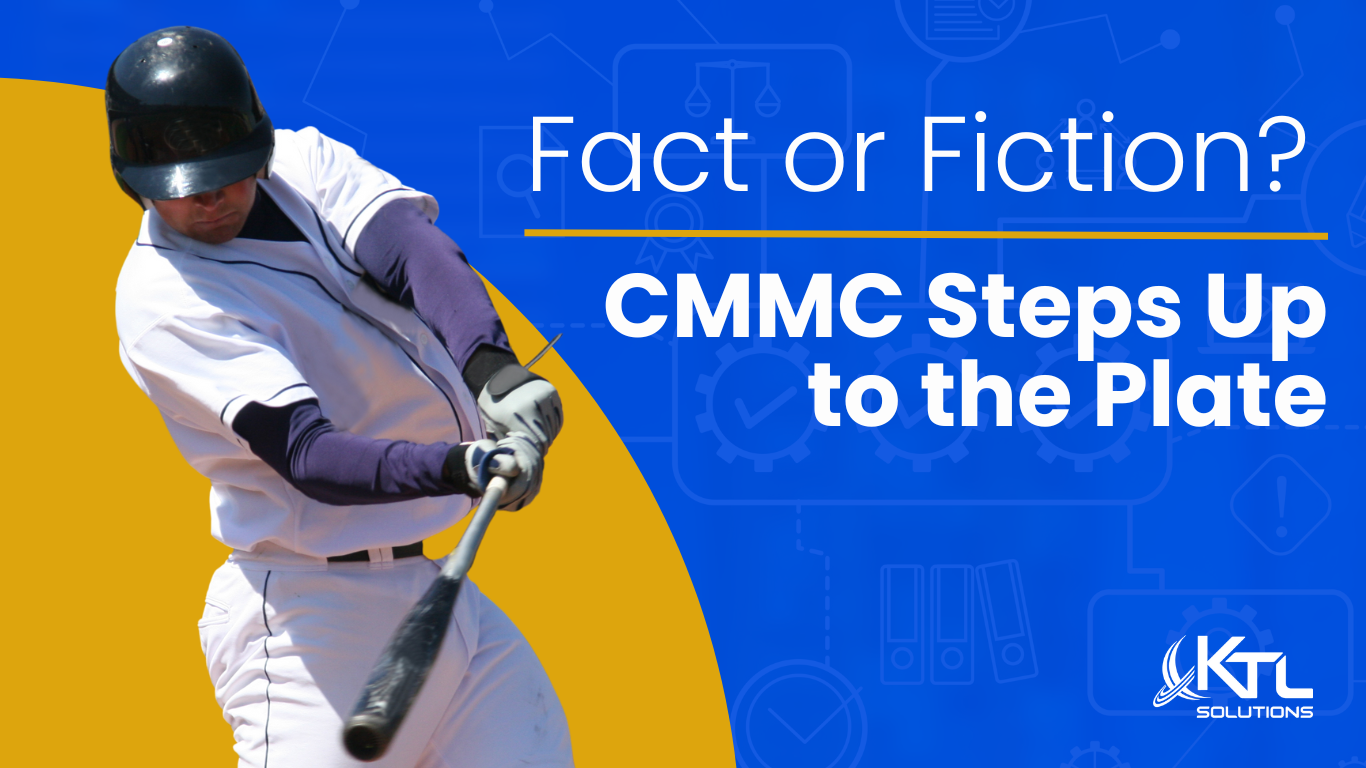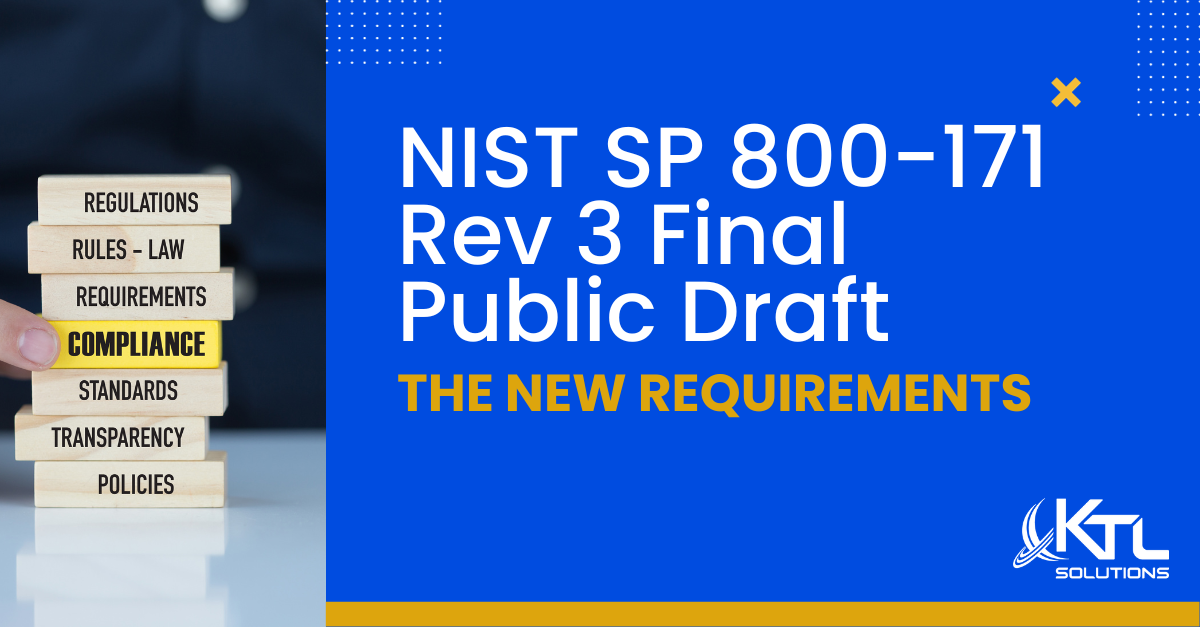IT professionals, business executives, developers, the people, and organizations that use software and infrastructure to create custom solutions to business problems, are under pressure to cut costs and improve delivery timelines.
In the past, there have been only two approaches to creating a customized solution to fit an entire organization. The first, a best of breed approach, is to purchase software applications that closely match the business requirements of each functional department and then integrate these best of breed applications. The up-front costs,long term maintenance complexity and upgrade timing are difficult for organizations to deal with when using this approach. The second approach, built from the ground up (application development), is very expensive, time-consuming, and difficult to maintain over the long haul.
Due to both of these approach’s limitations, a hybrid third approach, using “Application Platforms” is now becoming a reality. Application platforms are increasingly being utilized to create custom solutions instead of “building from the ground up”, replacing pure Application Development with development on top of an application platform. 1
Application platforms, like Microsoft Dynamics CRM, offer a solution to the problematic best-of-breed and custom development scenarios. An application platform mitigates much of the cost and complexity of traditional custom development by offering a unified stack of server, database, and applications, with common, pre-integrated elements and development tools. The Microsoft Dynamics CRM xRM application framework, (xRM) brings together the best aspects of the application platform approach to custom solution development, offering solution builders a strong foundation on which to build a sustainable, profitable business solution. A CIO of a large organization in New York told me, that for him, xRM was “building a ten story building with the first six stories already built”. This is an apt metaphor for using xRM as a development platform.
The five reasons xRM is better that Application Development are:
• xRM enables choice and savings for the client through dynamic, reusable application services
• xRM applications are being developed for a multitude of purposes, ranging from client portals that surface numerous back-end applications to sophisticated task management systems for the military
• xRM is a model-driven business application framework, a quality that connects the business owners of a custom solution with its developers in an intuitive, business-oriented fashion.
• xRM offers the highest level of scalability and performance for on premise, cloud-based, or hybrid configurations.
• xRM has pre-built security (AD and ADFS) that are industry standards
In this blog and in a follow-up blog, we will expand on these items.
Reason one: xRM enables choice and savings through dynamic, reusable application services. OK, that is a mouthful. What does this mean? Enabling choice means that xRM applications are built using reusable services, which includes integrated business services, such as e-mail, task and activity management, and out of box connectivity with Microsoft Office Outlook messaging and collaboration client and other Microsoft Office system applications.
The xRM integration with SharePoint is a great advantage for the organization requiring reusable application services. Organizations today are expected to be innovative and customer-centric, with shorter product lifecycles and customer-driven adaptations while operating increasingly lean vendor and partner networks and related back-office processes. In IT terms, solving this challenge involves improving the collaboration between people who do the “information work” and those who do “structured task work”. For instance, it means enabling more productive alignment of sales and marketing with the management of vendors, customers, and orders. SharePoint allows for this and this tight integration to CRM creates a plethora of reusable application services.
Reason two: xRM applications are being developed for a multitude of purposes, ranging from client portals that surface numerous back-end applications to sophisticated task management systems for the military. OK, I read this and think “Who cares? What does this have to do with my business?” It means that even though your business is unique, xRM can be configured to do what you want it to do, just like building from the ground up, or traditional application development.
xRM has a multi-tenant architecture that allows organizations to build multiple Line of Business (LOB) applications on a single platform. With multi-tenancy, the dynamic, reusable application services of xRM can be adapted and extended to many unique applications. For example, as shown in the xRM reference architecture entity component can be reused across a number of different xRM applications as a service.
xRM solutions are being used for a multitude of relational LOB applications. In vendor management, for example, an xRM relational LOB application might be used for the vendor certification process, purchasing management, and compliance. Project managers could use an xRM application to handle the RFP process and manage project timelines and deliverables. Uses of xRM are limited only by the imagination. For instance, a broadcasting program management application could provide structure and process for the script creation and negotiation processes. Government agencies can use xRM to develop applications for notifiable disease management, legislation management, animal management, conservation contract management, or grant management.
The fact that others are using xRM to do very dissimilar business processes is a testament to the versatility of xRM as compared to pure application development. Not saying that following the herd is the right thing to do, but it certainly lowers risk.
We’ll talk about the other reasons in blog 2.
1 Microsoft Dynamics “The xRM Solution for Application Developers” whitepaper, April 2010



































